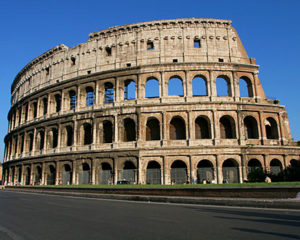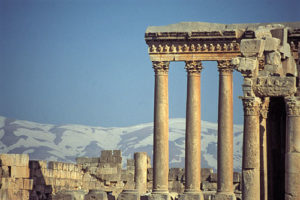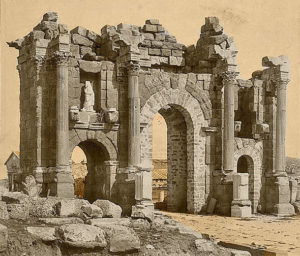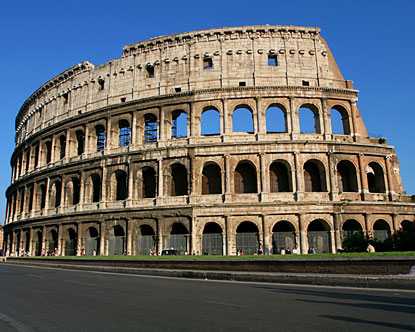Ancient Roman Construction: The number of countries the Romans conquered afforded a vast number of culturally diverse people and the architecture of the Roman Empire, therefore, became eclectic i.e. made up of, or combining elements from. a variety of regional sources and styles.
Roman Construction
The Romans learned from the Etruscans the use of arches to make large openings in a wall; the gates of the Etruscan towns. Laws of Physics explaining the conditions required for an arch not to collapse were not fully understood until the XIXth century; yet the Etruscans, and after them, the Romans, developed empirical methods for designing arches which still stand more than 2,000 years later.

Ancient Roman construction material
Stone was clearly an important material for construction and the Romans were skilled in quarrying it and in using the different types of stone in different types of application. Marble would clearly be used to decorate surfaces; lime and sandstone would be used for pedestrian areas subjected to light wear whilst basaltic lava or granites would be employed for uses subjected to great stress.

Roman architecture facts
Many of their buildings were at first built with timber but they then used stone and sumptuous marble. Many skills were required to achieve the high standards of ancient Roman architecture. To build the great structures and cities would have taken a labor force of thousands.
This was not a problem for the Romans who had enslaved millions, taken the best ideas and building concepts from conquered nations and had the Roman army at the disposal who were responsible for building the vast network of ancient Roman roads.
Concrete used in Ancient Roman Construction
Roman concrete (opus caementicium), like modern concrete, is an artificial building material composed of an aggregate, a binding agent, and water. Aggregate is essentially filler, such as gravel, chunks of stone and rubble, broken bricks, etc. The binding agent is a substance which is mixed with the aggregate wet (water added) and solidifies when it dries, or “sets”

Cyclopean
The earliest walls built in Europe were constructed placing stones one upon the other without any mortar to bind them together (dry-stone walls). Near Rome examples of such walls can be seen at Alatri, Segni and at other locations south of the city: they are called cyclopean because archaeologists felt that only the mythical Cyclopes could have moved the enormous boulders which made up these walls.
It became very common for Roman builders to use bricks, whether for flooring or wall construction. When used in floors the individual bricks would often be placed on their side in a fish-bone pattern in order to render the surface more durable.
When used for walls it wouldn’t be uncommon for them to be mixed with other wall construction techniques such as stone blocks creating a sort of mixed approach. Bricks were so versatile that they allowed walls of great height and strength to be achieved relatively quickly.
More info on- Roman buildings, architecture columns




